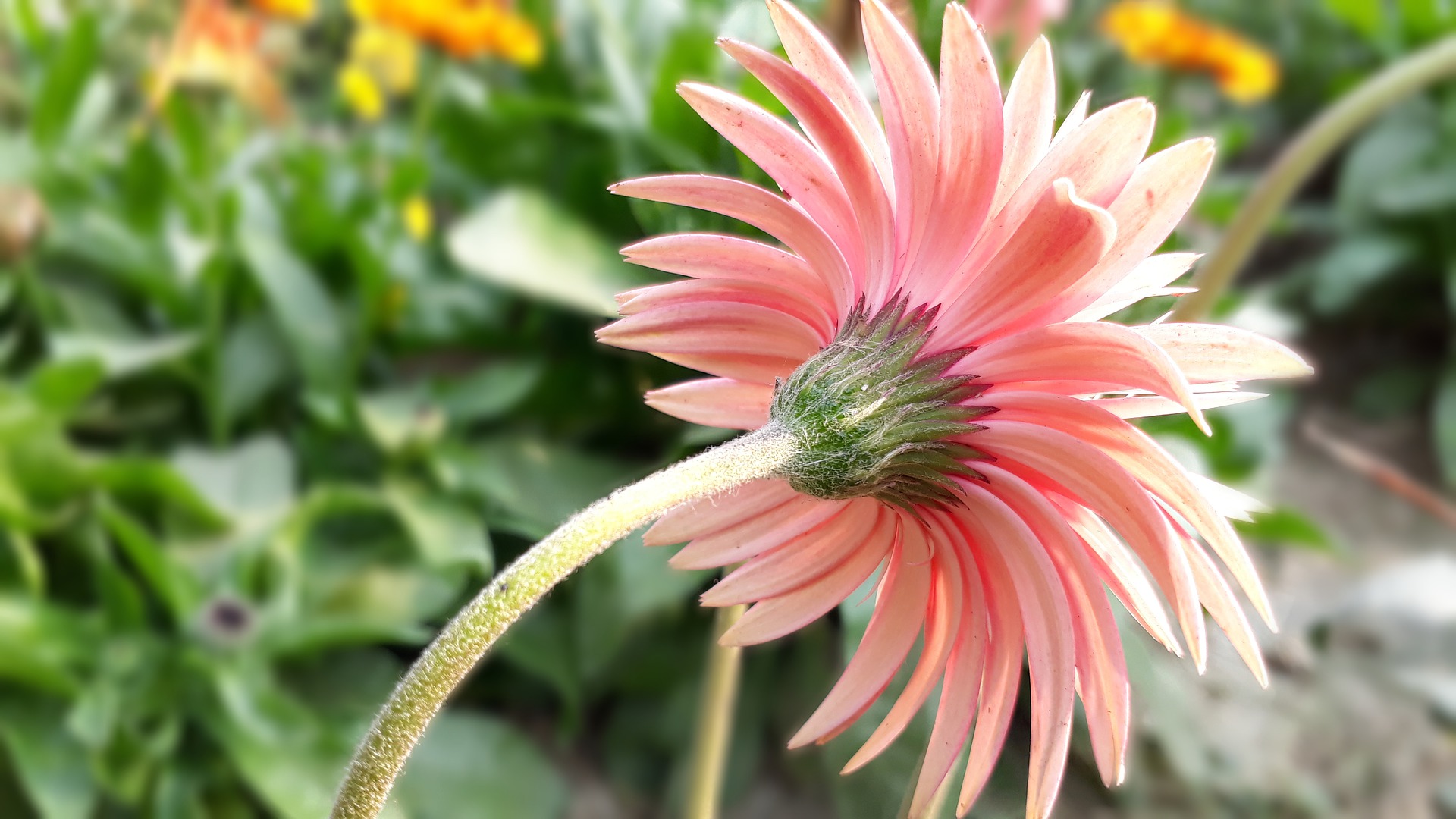
This week, James E. Craigie, MD, of The Center for Natural Breast Reconstruction answers your question.
Question: What are the pros & cons of reconstructive breast surgery?
Answer: Thanks for your question. Ultimately the pros for breast reconstruction include restoration of a woman’s body following surgical removal of part or all of her breast/breasts. Surgery to remove the breast is performed to prevent or treat breast cancer. The ultimate goal of reconstruction is to restore physical well being and quality of life. Breast reconstruction using your own natural tissue provides the opportunity to achieve the most natural results. Even restoring breast sensation is possible (not guaranteed and not necessarily complete) using your own natural tissue. The cons of natural tissue are that the patient must donate the natural tissue from another part of the body. That means scars and healing in more than one area of the body. Surgery always requires down time, recovery and time away from working etc.. Also reconstruction almost always requires more than one surgery.
Breast reconstruction using implants is generally less natural than using natural fatty tissue that contains healthy blood vessels and nerves. The advantage of implant reconstruction is that surgery is not required in another area of the body and there are fewer scars in areas of the body other than the breast. Long-term, reconstructions with implants require more revisions due to implant problems and are generally less permanent than using your own tissue.
There are always individual factors and expectations that may change the pros and cons. Hopefully, this brief synopsis has answered your question. Please let me know if you would like more information.
Have a question about breast reconstruction or post-surgical you’d like answered from our surgical team? Just ask!














